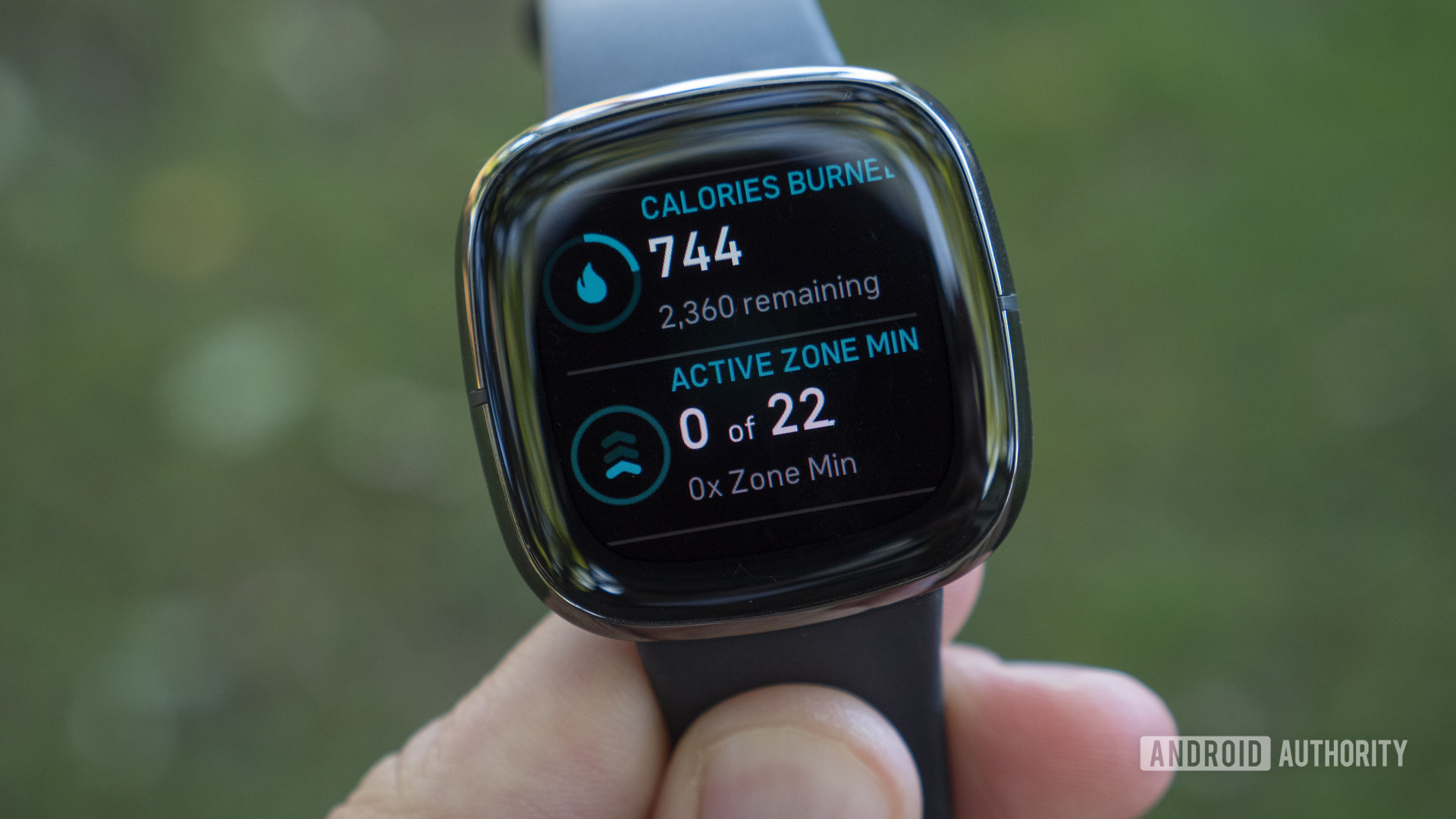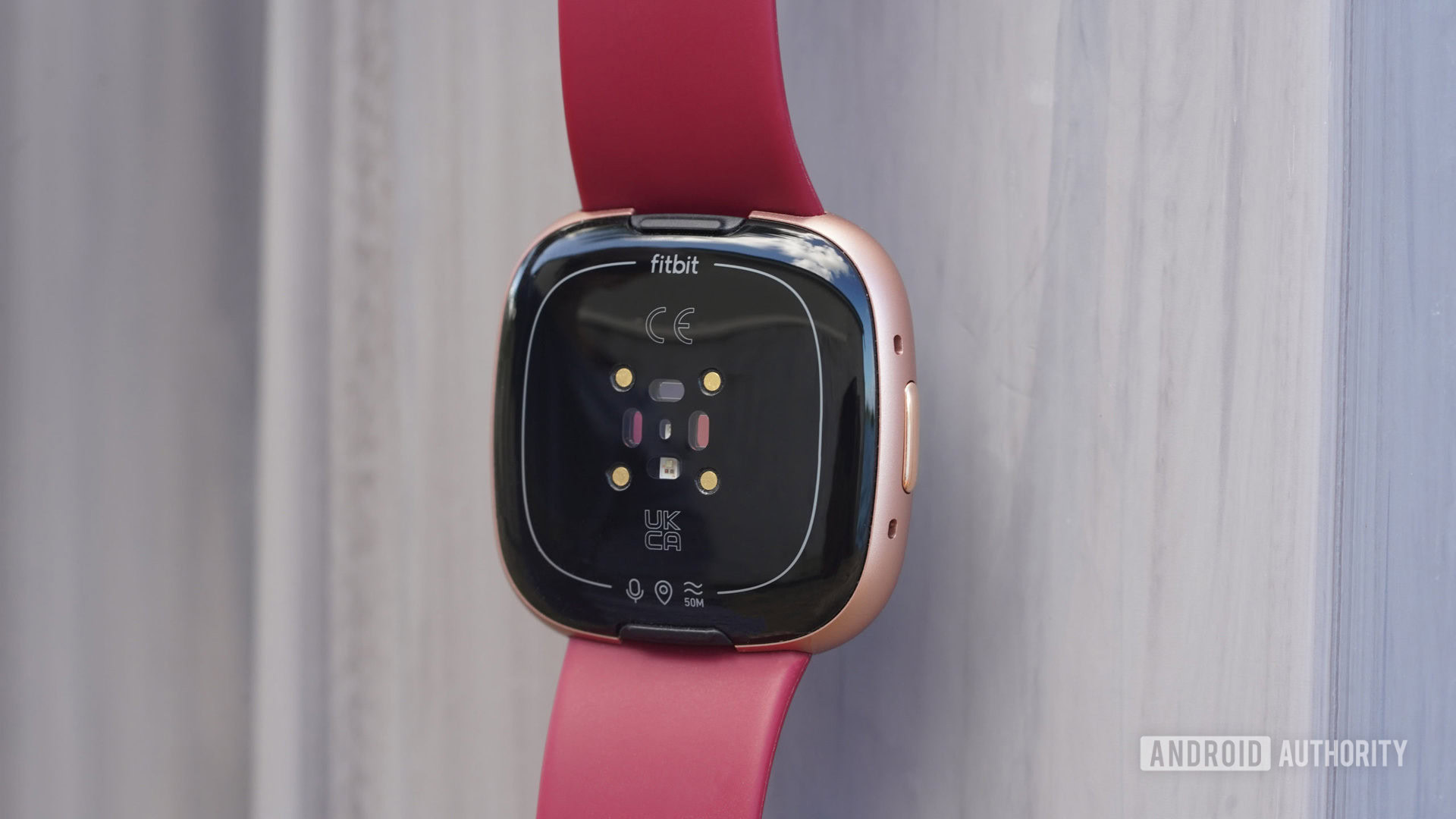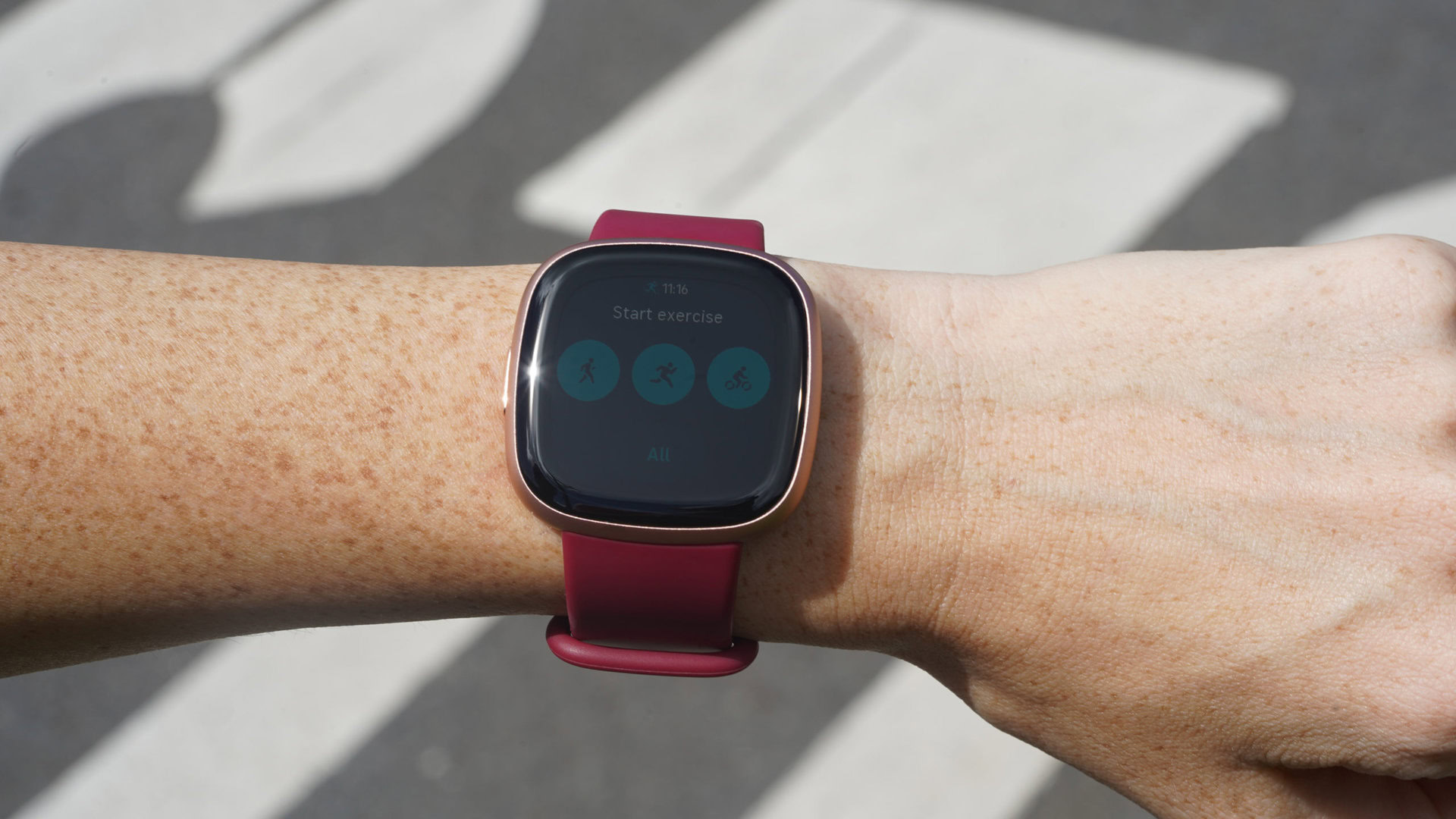Affiliate links on Android Authority may earn us a commission. Learn more.
Is your Fitbit actually counting calories correctly?

At the heart of weight loss is managing calories. Wearables can help you keep tabs on how many calories you burn throughout the day by estimating the calories you use at rest and during exercise. Find out how your Fitbit calculates its calories burned estimates and whether those numbers are accurate.
Read more: Everything you need to know about Fitbit wearables
QUICK ANSWER
Fitbit uses your basal metabolic rate (BMR) and your activity data collected throughout the day to calculate how many calories you burn. Though only an estimate, Fitbit's values are considered fairly accurate and a reliable guide for weight loss.
JUMP TO KEY SECTIONS
How does your Fitbit count calories?

To estimate the calories you burn on a given day, Fitbit devices combine your recorded activity data with your basal metabolic rate (BMR). BMR is the rate at which you burn calories at rest. Even when you aren’t moving, your body is constantly using calories to maintain life-sustaining functions such as breathing or circulating blood. That is why you even burn calories during sleep.
Fitbit calculates your individual BMR based on the personal data you enter when setting up your device including your height, weight, sex, and age. If your device features a heart rate sensor, Fitbit leverages your heart rate data as well. Based on your heart rate levels, Fitbit can more closely determine how many calories you are burning during activity.
Is the calculation accurate?
On any fitness tracker, calculating calories burned is largely an estimation. The only way to get perfect results is in a very controlled environment like, for example, a clinical study. That said, Fitbit’s platform is well-regarded in terms of accuracy.
Tips for getting the most accurate results

- Confirm your personal data: Fitbit relies on your input to calculate your BMR (calories burned at rest). Accurate weight, height, age, and sex data will result in the most accurate BMR value. Check the information saved in your Fitbit profile and update your details if needed.
- Utilize activity modes: When possible, choose the appropriate mode to record an activity. This helps your device accurately track your heart rate and calories burned, especially during activities that don’t produce a relevant step count, such as yoga or weight training.
- Wear your Fitbit correctly and often: Keeping your Fitbit on your wrist will produce the most accurate calorie count. To make sure your heart rate data is accurate, wear your watch regularly and correctly. The band should be snug but comfortable and the device should sit on top of your wrist.
Read more: How to use your Fitbit to lose weight
FAQs
During physical activity, individuals burn more calories than they burn at rest. The additonal calories burned are called active calories. Resting calories refer to those which your body burns, regardless of activity, simply by maintaining vital functions.
There are many useful apps for tracking the calories you consume. We break down the pros and cons of a few of the most popular options, (including MyFitnessPal), in our calorie-tracking app comparison guide.
Open the Fitbit app and tap My Account, then tap Units and set your preferred metric.